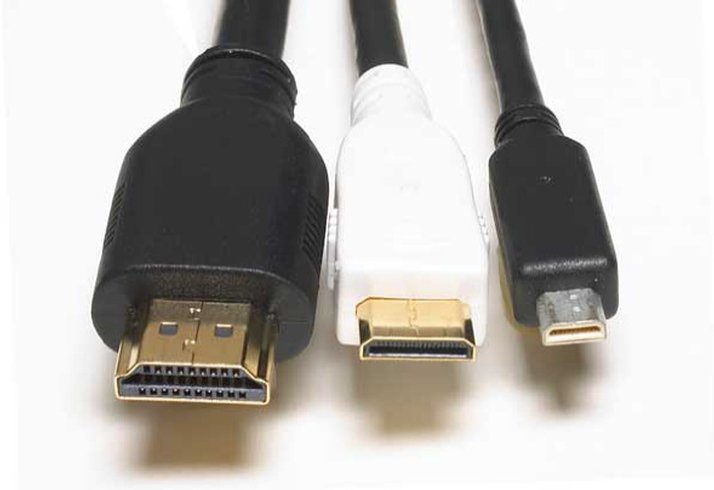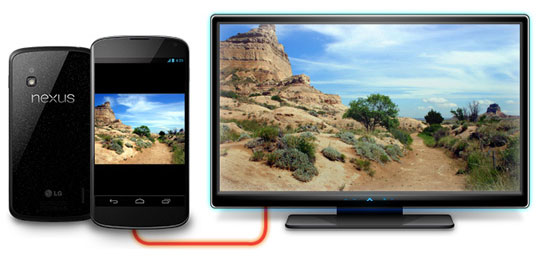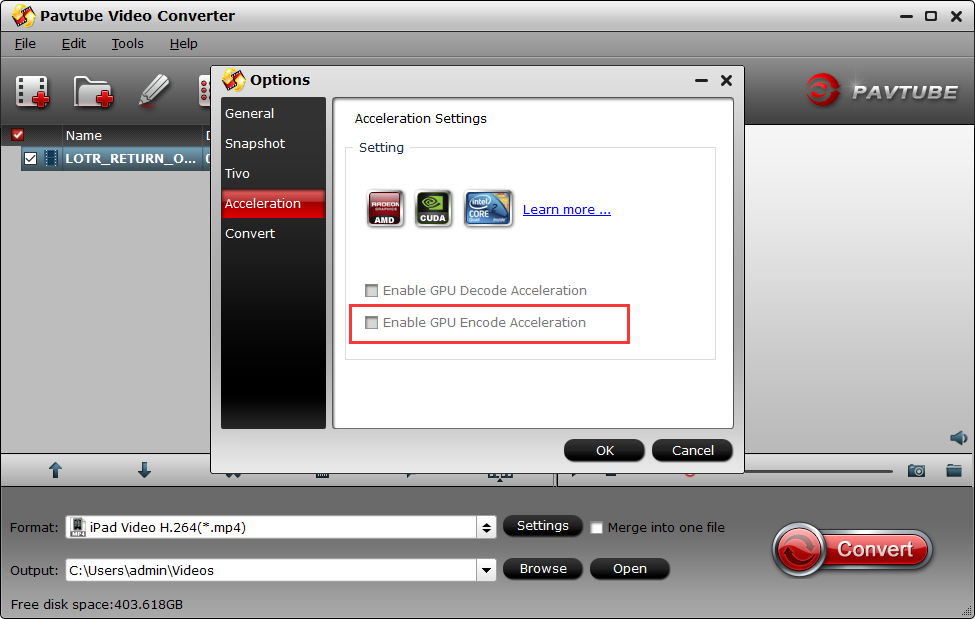You hold in your hands a mobile entertainment center, with the power to stream videos. You maybe also create your own personal film with your Android phone to remember the happy time. But why limit your fun to a tiny smartphone screen or a tablet display? It can't be better if you can stream your Android videos on your wide screen TV with better visual and sound.
To play Android videos on TV, you can connect an Android phone or tablet to a TV using an MHL/SlimPort (via Micro-USB) or Micro-HDMI cable if supported, or wirelessly cast your screen using Miracast or Chromecast. In this article we'll look at your options for viewing your phone and tablet's screen on the TV.
Method 1: Connect Android to TV Using HDMI
Method 2: Connect Android to TV via MHL/SlimPort
Method 3: Connect Android to TV Wirelessly
Method 4: Play Android Videos on TV via USB Stick
Method 1: Connect Android to TV Using an HDMI cable
HDMI (High Definition Multimedia Interface) is the interface standard du jour. If your TV was bought in the last decade it has an HDMI port, as does almost every set-top box, games console and a decent number of still and video cameras. Through the use of an HDMI cable, it is possible to send an image, sound, video, or other files from a source -- in this case, your Android device -- to a second display, like a TV or projector. HDMI is presently the kind of cable with the highest capacity for delivering high definition data/information.

Connection instructions
1. Simply push the cable into an HDMI socket. Also make a note of which port number you plugged the cable into, so that you can switch to that channel/input for viewing your phone's content.
2. After connecting the cable to your TV set, you can now connect the other end to your Android mobile. The jack appears similar to a micro-USB connector, and can be sometimes found next to it. The mobile pictured below even sports an HDMI cable compartment.
3. Once the connection is made between the TV set and your Android device, you can now choose which files you want to project on the TV screen, as well as tweak the resolution size and many other options found in the output settings.
Method 2: Connect Android to TV via MHL/SlimPort
To connect Android to TV using HDMI is easy to operate. But the question is that not all tablets have an HDMI output. The good news is that a pair of widely-supported standards have emerged that allow Android owners to connect to external displays using their microUSB port.
The widely-supported standards are MHL (Mobile High Definition Link) and the newer SlimPort, both of which look the same as they simply use the microUSB port on an Android device to deliver video. Your phone or tablet is likely to support one or the other; to find out see the list of MHL supported devices and the list of SlimPort supported devices.
MHL
Now, check if your TV supports MHL in MHL supported devices. Then you need to do is pick up a microUSB to passive MHL cable and plug it in.

You can still use MHL even if your TV doesn’t support the standard with an MHL cable or adapter which has separate HDMI and microUSB ports. The HDMI end goes into the TV as normal, and a microUSB cable is attached to a USB port or AC adapter.
SlimPort
Apart from MHL, you also can connect your Android to TV using Slimport. The major difference between MHL and Slimport is that a power input is optional. If no power is supplied, your device won’t be recharged, but the HDMI link will still work. SlimPort is supported by some recent smartphones, tablets and laptops (list here), most notably LG and Google devices.

To use SlimPort, you’ll need a SlimPort HDMI adapter. The microUSB plug goes into your phone, the USB plug goes into a powered USB port or wall adapter, and an HDMI cable connects adapter and TV.
Method 3: Connect Android to TV Wirelessly
You also can connect Android to TV wirelessly. There are several wireless standards to choose from, all of which seem to have ‘cast’ in their name such as Miracast, AllShare Cast and Chromecast.
Chromecast
For now Google is only officially supporting the feature on around a dozen or so devices, including iOS 7.0 or higher and Android 4.1 will work with Chromecast. It also requires the latest version of the Chromecast app (1.7) to be installed. If you don’t have it, grab it from the Play Store for free.
1. Open Chromecast app
2. Tap the three lines in the top left corner
3. Tap Cast Screen / Audio
4. Select Chromecast device
Miracast
Many modern HDTVs have Miracast support built in. The easiest way to see if your TV is supported is to Google your TV’s model name + “Miracast”. Miracast support is included in Android 4.2 Jelly Bean and later. It works by making a direct wireless connection between your device and your TV. Once the connection is made, your phone’s screen is mirrored on your TV.
If your TV isn’t supported, you can also pick up a Miracast dongle that’ll add the necessary capabilities. Just plug it into a power source and an HDMI port, and you’ll be ready to begin.
You can enable Miracast in Settings -> Display. From here, select Wireless display and toggle it ‘on’ at the top. Then you can search for Miracast devices and connect to them. Note that this procedure may be slightly different depending on your phone’s Android version and manufacturer.
Method 4: Play Android Videos on TV via USB Stick
This way is also simple. Just transfer your Android media to USB stick then plug it into TV USB port to enjoy your Android videos. When people use the Intent MediaStore.ACTION_VIDEO_CAPTURE video recording method, by default, the recorded video is stored as a .3gp file, which is not supported by TV streaming via USB. If you want to play Android recordings on TV, you need to record videos to mp4 wrapper.
Set the MediaRecorder's OutputFormat to MPEG_4, like so:
recorder = new MediaRecorder();
recorder.setOutputFormat(MediaRecorder.OutputFormat.MPEG_4);
Also, you can convert your Android video to MP4, AVI for TV streaming on PC with third-party video converter.
You can use Pavtube Video Converter for Windows and Mac to convert Android 3GP, MP4 recordings to MKV, AVI, MP4, TS, WMV, DivX, XviD, HEVC, etc for your TV USB supported video. It also can compress your Android 4K recordings or other 4K recording devices footages to 1080p for HD TV playback via USB. It convert H.264 video to H.265 and transcode H.265 to H.264 according to your TV need.
Just load your Android videos by draging and dropping and select your desired format video and start the video conversion by hitting "Convert". It your output video is H.264 and H.265 codec, you also can improve video conversion speed with NVIDIA CUDA acceleration on Windows.

Once the conversion ends, load the video to USB Stick and insert it to TV USB port. Then, you can view Android videos on TV without charging your devices and don't need any cable.


 Home
Home Free Trial Video Converter
Free Trial Video Converter





